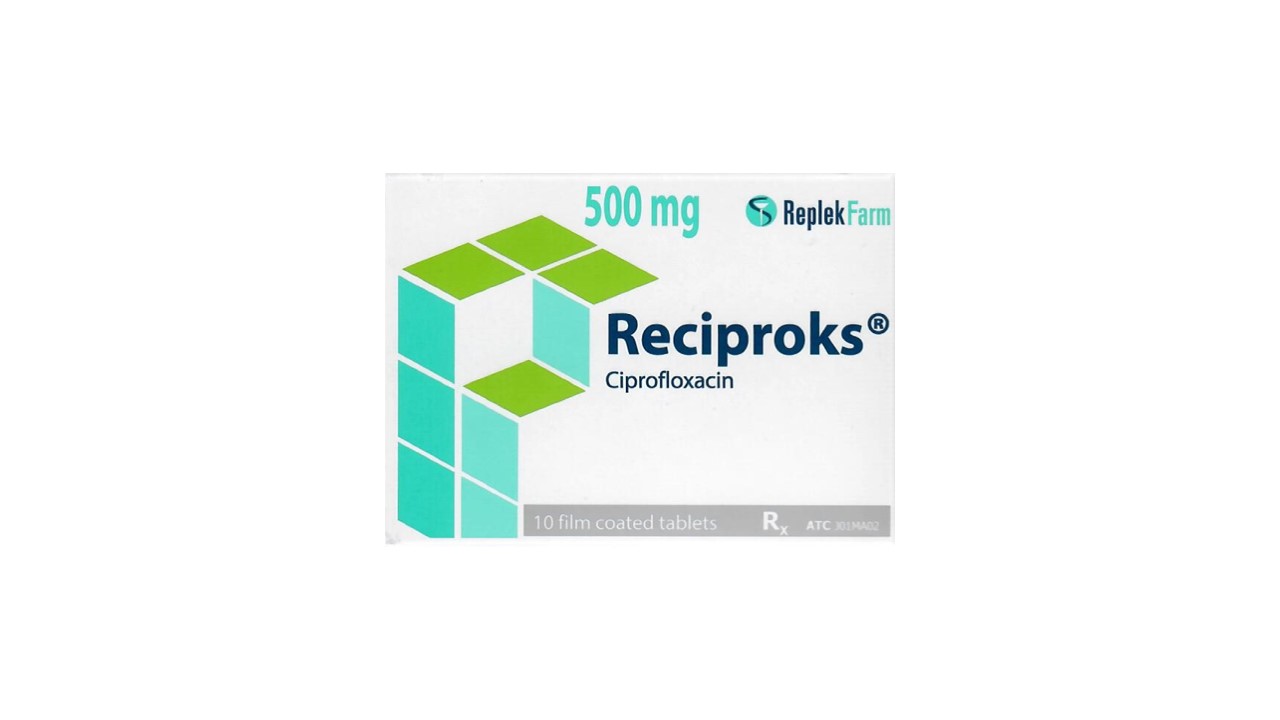Sale!
Login to see prices
THERAPEUTIC INDICATIONS
| Ciprofloxacin 250 mg and 500 mg film-coated tablets are indicated for the treatment of the following infections. Special attention should be paid to available information on resistance to ciprofloxacin before commencing therapy. Consideration should be given to official guidance on the appropriate use of antibacterial agents. Adults • Lower respiratory tract infections due to Gram-negative bacteria: – exacerbations of chronic obstructive pulmonary disease; – broncho-pulmonary infections in cystic fibrosis or in bronchiectasis; – pneumonia. • Chronic suppurative otitis media. • Acute exacerbation of chronic sinusitis especially if these are caused by Gram-negative bacteria. • Urinary tract infections. • Genital tract infections: – gonococcal uretritis and cervicitis due to susceptible Neisseria gonorrhoeae – epididymo-orchitis including cases due to susceptible Neisseria gonorrhoeae – pelvic inflammatory disease including cases due to susceptible Neisseria gonorrhoeae • Infections of the gastro-intestinal tract (e.g. travellers’ diarrhoea) • Intra-abdominal infections • Infections of the skin and soft tissue caused by Gram-negative bacteria • Malignant external otitis • Infections of the bones and joints • Prophylaxis of invasive infections due to Neisseria meningitidis • Inhalation anthrax (post-exposure prophylaxis and curative treatment) Ciprofloxacin may be used in the management of neutropenic patients with fever that is suspected to be due to a bacterial infection. Children and adolescents • Broncho-pulmonary infections in cystic fibrosis caused by Pseudomonas aeruginosa. • Complicated urinary tract infections and pyelonephritis. • Inhalation anthrax (post-exposure prophylaxis and curative treatment). Ciprofloxacin may also be used to treat severe infections in children and adolescents when this is considered to be necessary. Treatment with ciprofloxacin should be initiated only by physicians who are experienced in the treatment of cystic fibrosis and/or severe infections in children and adolescents. |





